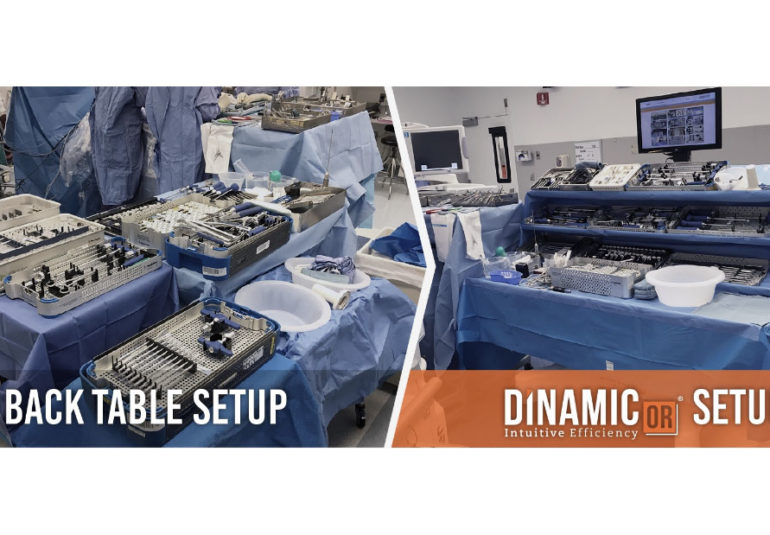
- DinamicOR
-
by feed_admin
The operating room of any hospital generally receives top priority when it comes to staffing, supplies, and support. However, that doesn’t mean it can’t still be quite chaotic at times given the urgency of operations being undertaken there. Anyone who has worked in an OR knows that it’s really the beating heart of the hospital, where lives are saved every day of the week.
Given its critical nature, we’ve gathered some best practices from around the country to help you gain maximum efficiencies while achieving the best possible patient outcomes.
Assemble a diverse OR management team
Before focusing on specific metrics in the operating room, it’s advisable to build a strong support base so any new initiatives will have the best chance to succeed and have the greatest impact. First, be sure your OR management team includes members from all departments of the institution. Some of the individuals who should be on this OR management team are the peri-operative nursing managers, various administrators, anesthesia services, surgical services, patient safety representatives, senior-level surgeons, and anesthesiologists. With this kind of representation, you can avoid having operations occur in a silo, and all departments will be appropriately involved.
Check supply costs
One of the first metrics that should get your attention is supply costs. Analyze these from the perspective of the surgeon as well as the procedure. With these kinds of statistics available, you’ll be able to see which procedures soak up the greater part of your supplies, compared to national averages. If you don’t compare your own costs to national averages, you might well be spending as much as 50 percent more on supplies than most other similarly-sized hospitals do. From this point forward, you can take steps to bring your costs in line with the majority of other institutions.
Improve time management
Time management is always one of the first areas discussed when operating room efficiency is being considered. Traditionally, time management has been based on the utilization rate for each surgeon. However, recent research has concluded that it might be a better approach to adjust block times according to a balance of underutilization and overutilization. If you can get these times in some kind of balance, the financial loss from underutilized operating rooms can be offset by decreasing the number of cases that contribute to an overutilized situation.
Reduce inefficiency due to tool and equipment loss
Delays in the OR are often caused by equipment issues, whether that means a breakdown in machinery or being unable to locate crucial tools and instruments needed for surgery. Best practice for tool utilization should include the installation of a modern back table such as the DinamicOR adjustable back table, where over 90% of all tools can be instantly seen and retrieved. This will eliminate searching and fumbling at critical times during the surgical process.
Optimize organization
In the same way that inefficient equipment usage can impact an OR team, so can organization and cataloging. For instance, it would be much more efficient to place the same instruments and tools in the exact same location on every back table of every OR in your hospital. This will contribute to team awareness of instrument placement, and will promote more efficient operations for the team.
As hospital staff shortages become critical, it’s more important than ever to be organized and efficient. We hope these best practices will help you maximize efficiencies while optimizing patient outcomes.



